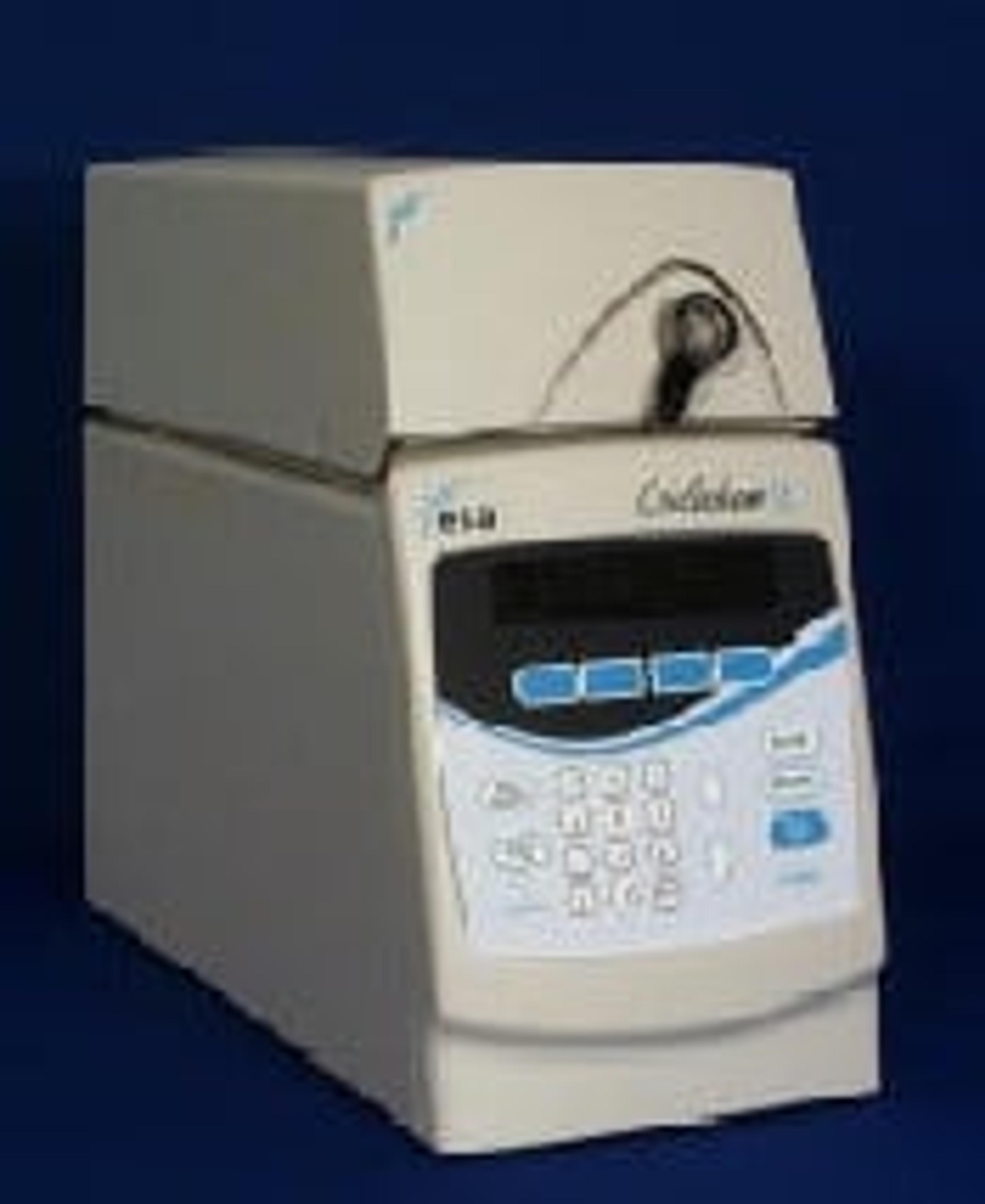New Microdialysis systems enable researchers to achieve greater sensitivity
4 Dec 2006ESA Biosciences, Inc., a subsidiary of Magellan Biosciences, Inc., has introduced two new methods for analysis of microdialysis perfusates that will enable neuroscience researchers to achieve greater sensitivity more rapidly and efficiently.
Using ESA's advanced separation and detection technologies, researchers can now measure norepinephrine (NE), dopamine (DA) and serotonin (5HT) simultaneously with no interference and also measure dopamine and serotonin together in less than four minutes at extremely high sensitivity. Both methods were recently demonstrated at Neuroscience 2006.
ESA's single chromatographic system provides simultaneous quantification of NE, DA and 5HT in a single sample, making more efficient use of each sample and enabling researchers to obtain information about multiple pathways in a single analysis. The unique ESA system also provides a superior method for NE measurement.
According to John Waraska, ESA Director of Marketing, Life Sciences, "Microdialysis users continuously demand greater temporal and spatial resolution in their research. This can be achieved by placing smaller probes into more discrete brain regions, and by increasing the sampling rate. However, the resulting low volume, and dilute samples, can be challenging to analyse, requiring a highly sensitive analytical system. This challenge has now been met by the new ESA method."
The new ESA technology combines high sensitivity and rapid chromatography to reliably measure dopamine and serotonin together in less than four minutes under basal conditions. "The ESA method is virtually measurement at the speed of thought," said Waraska.
"These methods are relevant for behavioural studies - a significant advantage for researchers," Waraska added. "They will be of great benefit to any researcher interested in studying the regional interplay of monoamine neurotransmitters during pharmacological manipulation or behaviour." The two applications are achieved using ESA's Model 5300 Coulochem® III detector.

